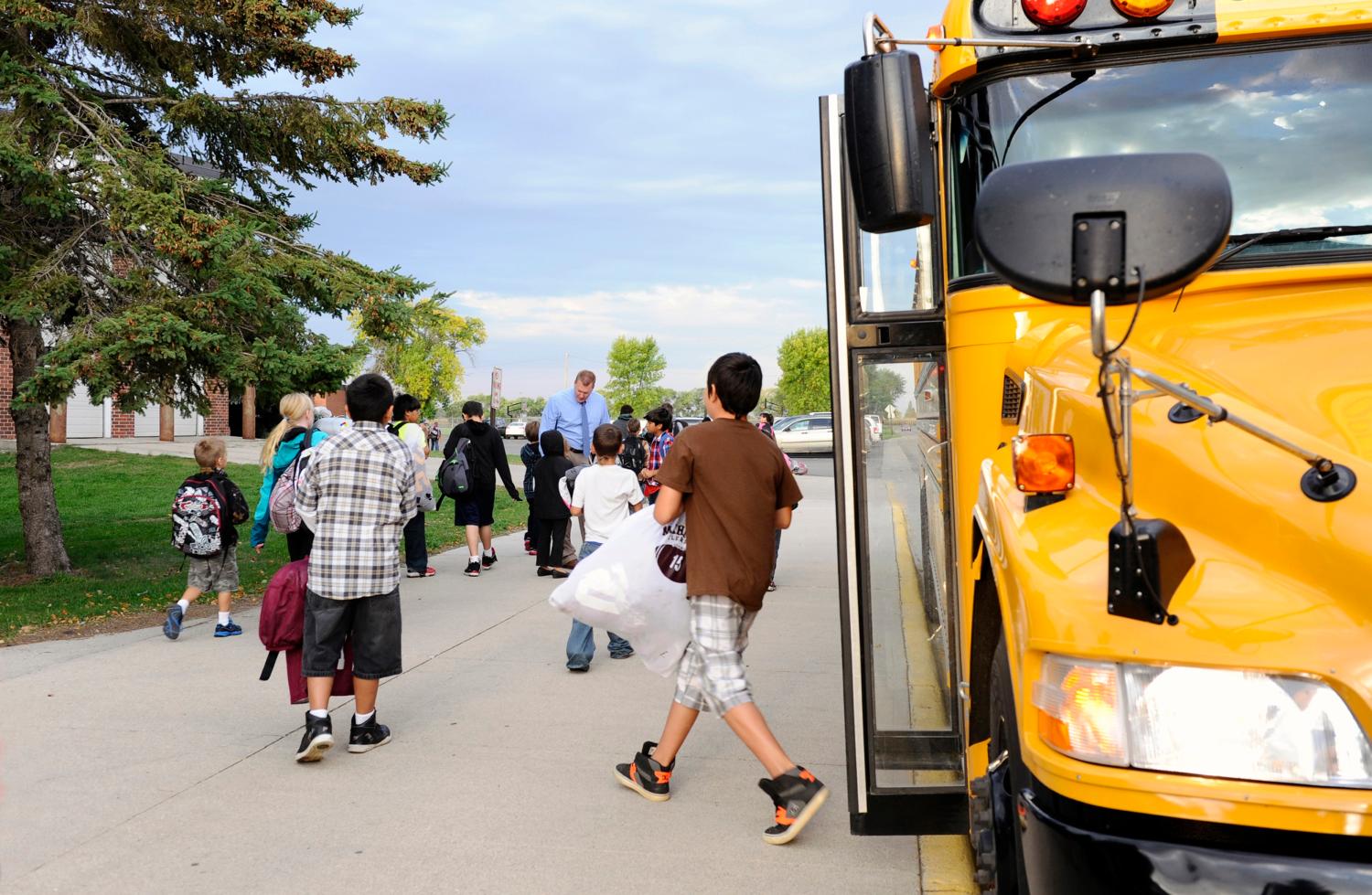For children to have the best chance of becoming productive and healthy adults, child-serving systems need to coordinate their care and services. Two sectors in particular, education and health, play critical roles in promoting better outcomes for child wellbeing and long-term success. Excluding the home, schools and child health systems have the most direct influence on a child’s development. Yet, these two sectors often operate in silos, failing to leverage the resources accessible to each other, and so limiting their impact.
School-based health centers (SBHCs) are an example of how schools and the health care system can collaborate very effectively to address the complex health needs of students. However, the experience of SBHCs also underscores the challenges involved in such partnerships. These challenges range from misaligned missions of health and educational organizations, as well as incompatible financing systems and organizational cultures, to privacy and technical challenges associated with sharing student information.
To realize the full potential of SBHCs as school-health partnerships, steps need to be taken to address these challenges. Among them:
- More studies of school-based health approaches are needed.
- Medicaid reimbursement rules should be refined.
- Public funding of SBHCs needs to be more flexible.
- Local businesses should partner with SBHCs to improve the use of technology and help with coordination.
- The guidance on federal laws governing information sharing requires updating.
- IRS requirements affecting hospital-community partnerships need clarification.
- Academic institutions and other local organizations should help facilitate collaboration.



